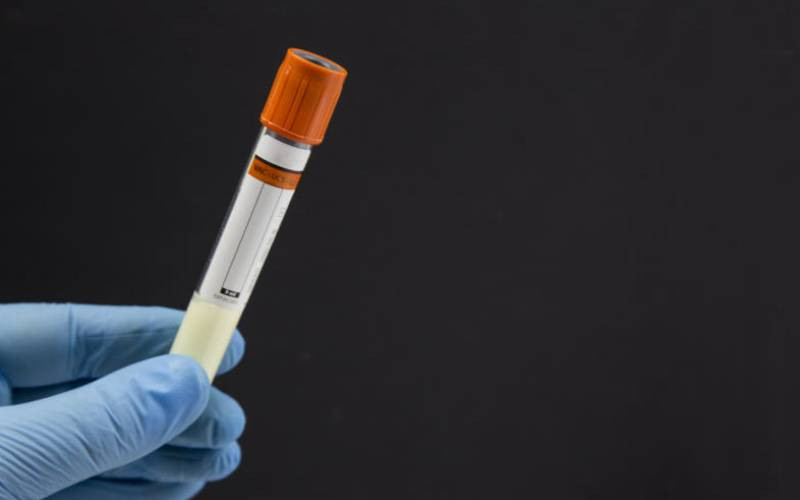
I have always been a bit of a daydreamer. I use to plan stories in class, get home and jot a whole story out that I had planned in a Math class. But one day, as we were crossing the main road to go for a walk, I had a seizure.
My parents were walking ahead with my younger brother, and I was walking behind them, talking to them but just walking slowly. As the lights turned from green to red, I went absent, in the middle of the road. I began to hear the horns from the cars, but that is all. The seizure lasted a whole 2 minutes. My Mum took me to my doctor a few days, I didn’t know this but she was watching me at home to see how often I ‘daydreamed’. She calculated a total of 21 absences a day.
My doctor asked me a few questions, for example; “Do you know when you are going to go absent?” or “what does it feel like?” “When does it happen most?” She referred me straight to the hospital where I had an EEG scan. EEG stands for electroencephalogram. It is a recording of the ‘brainwaves’ – the electrical activity of the brain. The nurse told me to blow on a piece of paper, and it triggered off one of my seizures. I was petrified before my eyes, I had no idea what was going to happen, or why I was even there. I remember the lady put what looked like vaseline in my hair, onto my scalp and attached little stoppers to my head.
I was then diagnosed with photosensitive epilepsy-although I have photosensitive epilepsy, lights don’t tend to trigger my fits off, they just make me feel like I am going to have a seizure. This was Emily’s narrative as I sampled her story in one of the Epilepsy journals “Living well with Epilepsy”.
What are triggers?
Triggers are situations that can bring on a seizure in some people with epilepsy. Some people's seizures are brought on by certain situations. Triggers can differ from person to person, but common triggers include tiredness and lack of sleep, stress, alcohol, and not taking medication. For some people, if they know what triggers their seizures, they may be able to avoid these triggers and so lessen the chances of having a seizure.
Difference between triggers and causes?
Triggers for seizures are not the same as causes for epilepsy. A trigger for someone to have their first seizure may be a stressful situation, but the underlying cause for that person to start having seizures may be quite different. Causes can be genetic or as a result of structural damage to the brain. Because epilepsy can develop at any time of life, it can sometimes be difficult to work out why seizures have started. If you have a seizure, it may seem to make sense that there must be a particular cause, such as stress, or alcohol, for example. However, the likelihood of having a seizure at some point may have been there already for you, and the stress or alcohol has triggered it. For Emily’s case her seizure trigger type was seen to be photosensitive Epilepsy, which is a rare kind of trigger but present in a number of Epilepsy cases.
Photosensitive epilepsy
Photosensitive epilepsy is when seizures are triggered by flashing lights or contrasting light and dark patterns. Photosensitive epilepsy is not common but it may be diagnosed when you have an EEG test. Flashing or patterned effects can make people with or without epilepsy feel disorientated, uncomfortable or unwell. This does not necessarily mean they have photosensitive epilepsy.
How common is photosensitive epilepsy?
Around 1 in 100 people has epilepsy and of these people, around 3% have photosensitive epilepsy. This is when seizures are triggered by certain rates of flashing lights or contrasting light and dark patterns. Photosensitive epilepsy is more common in children and young people (up to 5%) and is less commonly diagnosed after the age of 20.
How can I tell if I am photosensitive?
Many people know they are photosensitive if they have a seizure when exposed to flashing lights or patterns as a photosensitive trigger will usually cause a seizure straightaway. An electroencephalogram EEG carried out to help with diagnosis, may include testing for photosensitive epilepsy. This involves looking at a light which will flash at different speeds. If this causes any changes in brain activity, the technician can stop the test before a seizure develops.
What rate of flashing light can trigger seizures?
Between 3-30 hertz (flashes per second) are the common rates to trigger seizures but this varies from person to person. While some people are sensitive at frequencies up to 60 hertz, sensitivity under 3 hertz is not common.
What patterns can trigger seizures?
Some people are sensitive to geometric patterns with contrasts of light and dark such as stripes or bars. Patterns are more likely to be a trigger if they are changing direction or flashing, rather than if they are still or moving slowly in one direction.
Flashing, flickering or patterned effects can make people with or without epilepsy feel disorientated, uncomfortable or unwell. This does not necessarily mean they have photosensitive epilepsy.
Managing photosensitive epilepsy
Factors that may increase the photosensitive risk
Tiredness, stress or excitement. For example, playing a video game for a long time without breaks. The effect taking up all your field of vision. For example, being very close to a screen. A light and dark pattern moving quickly, or changing direction, creating a disorientating effect. Seeing the effect against a dark background, such as watching a screen in a darkened room.If suddenly exposed to a trigger
Covering one eye completely with your hand will greatly reduce the photosensitive effect.What may have a photosensitive trigger?
TV and computer screens that flicker
Cathode ray tube TVs (older box style) which ‘refresh’ the image, if this causes a flicker rate between 3 and 60 hertz (flashes per second). Faulty TVs or other screens that flicker. With 3D TV, there are two systems, called 'active' and 'passive'. With 'active' 3D glasses, switching suddenly between 3D and non-3D screens or channels may cause a lot of flicker for a few seconds, if the 3D signal to the glasses has not yet switched off. If there is a window next to the 3D TV, in daylight conditions the window may also reflect the flicker. A flashing image on a computer screen or game.Patterns in the natural environment
Sunlight through trees. Sunlight through blinds. Sunlight on water. Railings, escalators or other structures creating repetitive patterns as you move past them. Rotating wind turbine blades, if certain weather conditions occur together with other specific factors.Flashing or flickering lights or images
Cameras with multiple flashes or many cameras flashing at once. Single or double flashes are not likely to pose a risk. Strobe lights at performances or in nightclubs. Lights flickering, such as faulty fluorescent tubes. Fireworks, if they create a high enough flash rate. Flashing bicycle lights or other LED lights, if this creates a high enough flash rate against a dark background, and the effect fills your vision. Several circuits of festive lights flashing together could increase the flash rate.Reducing the risk of a photosensitive trigger
The environment and how you use a screen
Use a flat screen TV or computer monitor. Take regular breaks from the screen. Sit well back from the screen. Use a remote control to change channels. Watch TV or use a screen in a well-lit room. Watch 3D TV without other TVs or screens viewable. Remove 3D glasses before switching channels or looking at another screen. Use the settings in Internet options to control moving images in your browser.Special glasses do not stop photosensitivity in a person, but they may help to reduce the effect.
An optometrist can prescribe coloured or photochromic glasses (darkened lenses) to reduce light sensitivity or visual distortions. Polarizing sunglasses reduce reflection and glare such as sunlight on water. The Standard Group Plc is a multi-media organization with investments in media
platforms spanning newspaper print
operations, television, radio broadcasting, digital and online services. The
Standard Group is recognized as a
leading multi-media house in Kenya with a key influence in matters of national
and international interest.
The Standard Group Plc is a multi-media organization with investments in media
platforms spanning newspaper print
operations, television, radio broadcasting, digital and online services. The
Standard Group is recognized as a
leading multi-media house in Kenya with a key influence in matters of national
and international interest.










